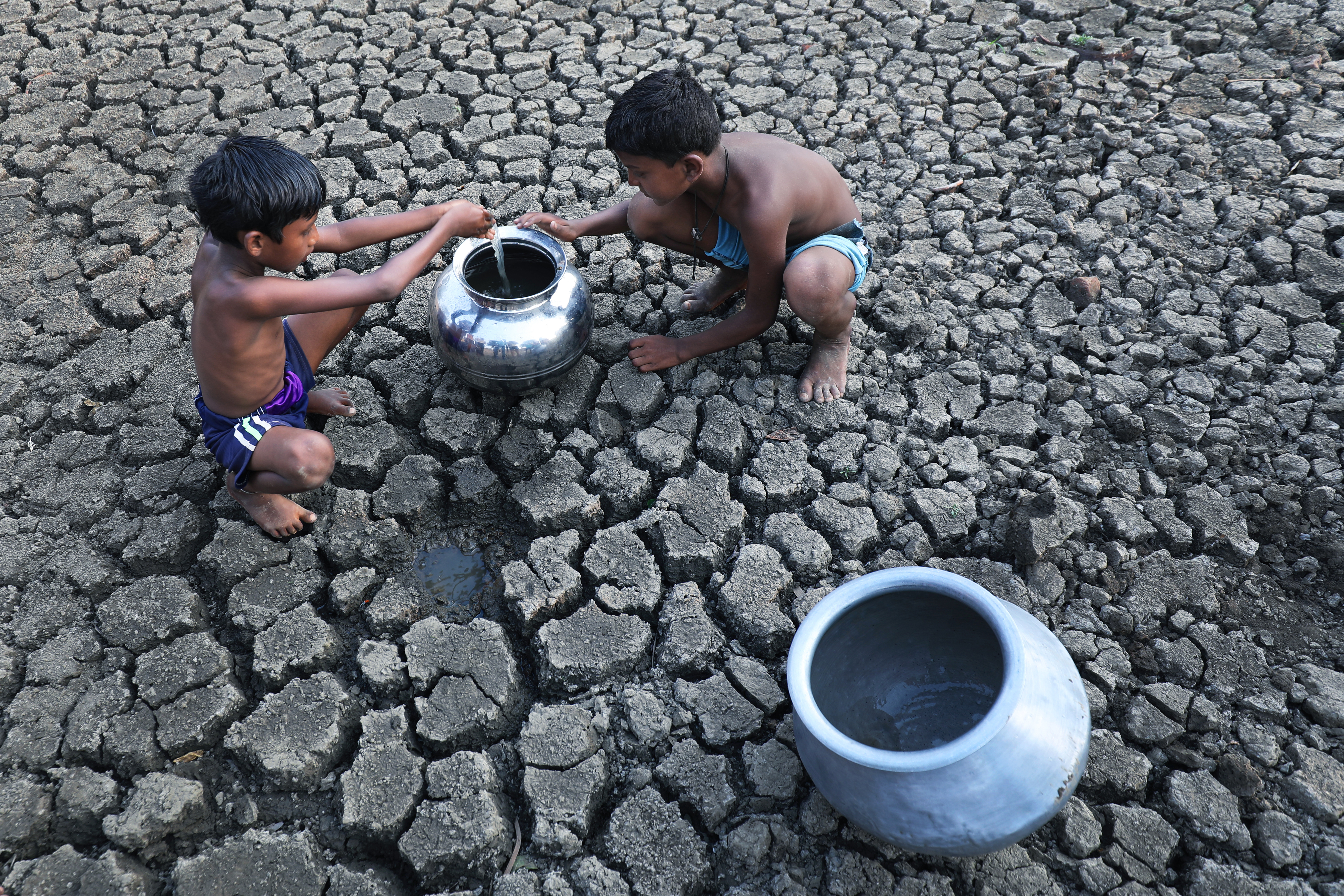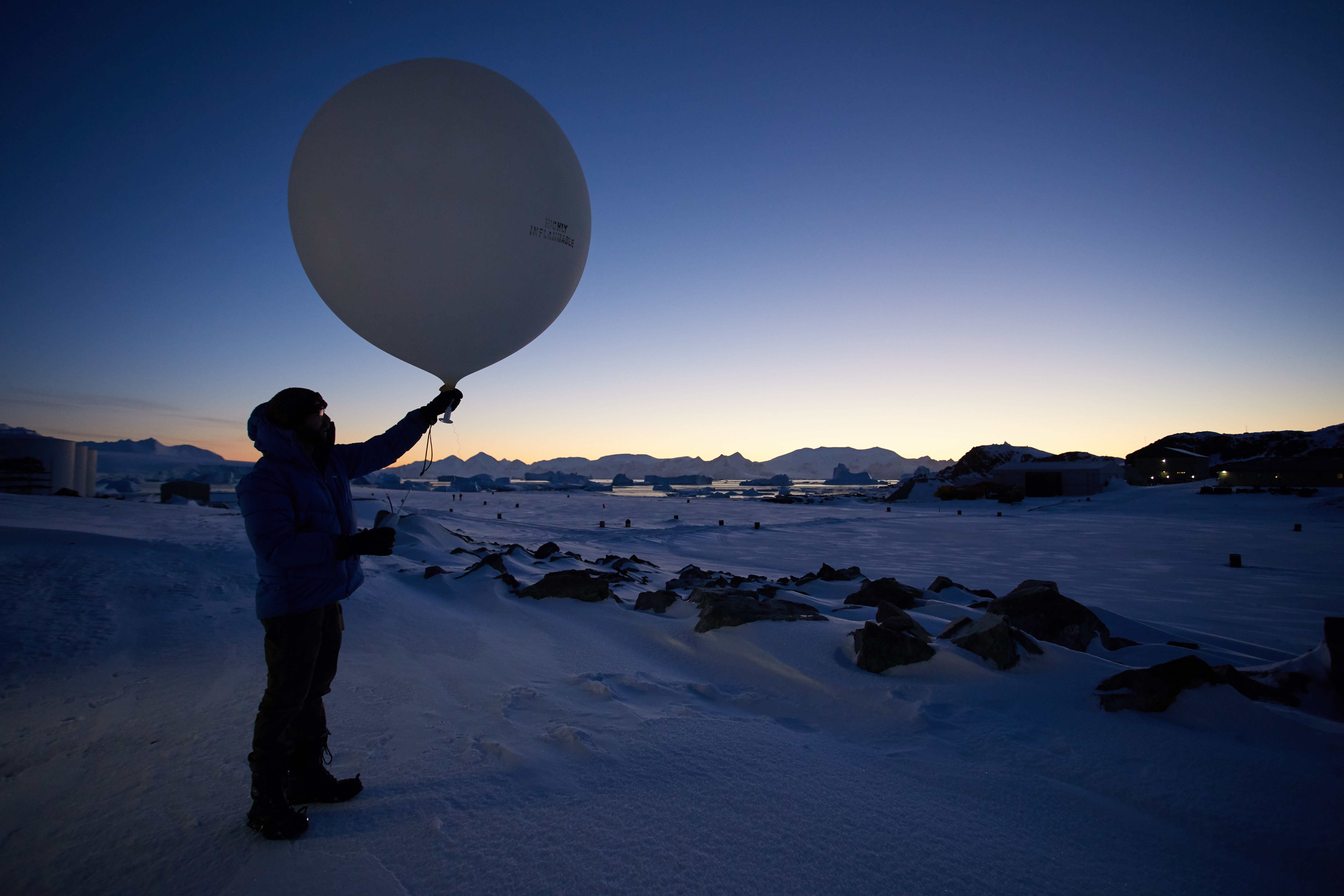

Midwinter in Antarctica
Gale force winds, temperatures of -30 °C and weeks of darkness. Winter in Antarctica may not seem like everybody’s cup of tea but for meteorologists, and many scientists alike, Antarctica has always been an exciting and interesting place to study.
As the coldest, driest and windiest place on Earth, Antarctica is a continent of extremes. The lowest ever ground-level temperature of -89.2 °C (-128.6 °F) was recorded at Vostok, the Russian research station right in the depths of the continent. In his book The home of the Blizzard, Australian explorer Douglas Mawson describes experiencing winds of almost 200 mph during his time on the ice.
In December 2020, after two months sailing across the Atlantic on the RRS James Clarke Ross, I arrived at Rothera Research Station, the largest of the British Antarctic Survey’s stations. Weather records have been kept here since the station started operating in 1975, and I am set to stay in Antarctica for the next 17 months as the meteorologist.
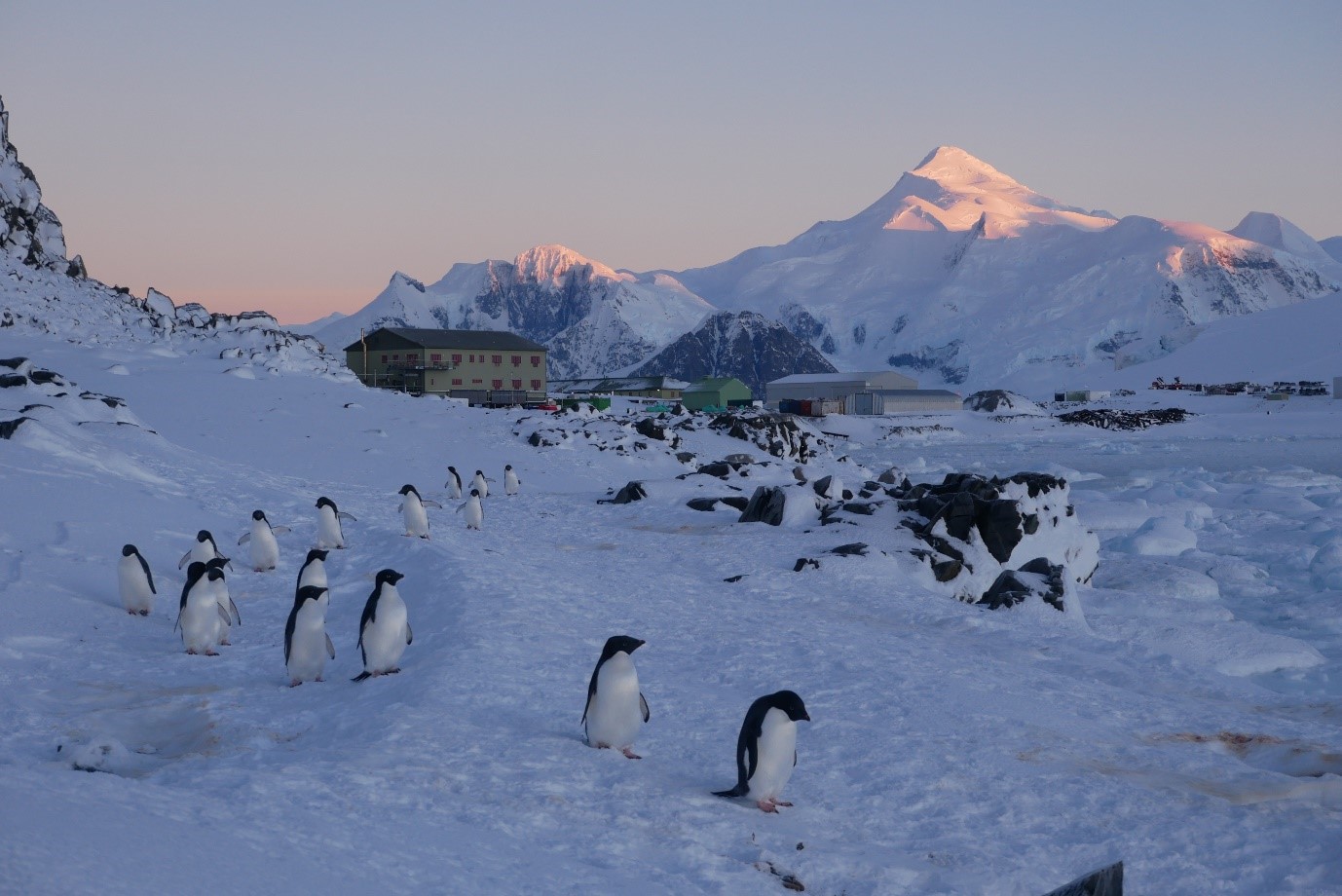
During the summer the station is the main hub for the British Antarctic Survey’s air unit, taking scientists and logistics deep into the field. Observations by station staff help forecasters, on secondment from the UK Met Office, to produce weather forecasts for Rothera and beyond.
For the station meteorologist, the first job of the day is to launch the radiosonde. This large helium-filled weather balloon carries a small package almost 20km high into the atmosphere, collecting information about temperature, humidity and wind speed as it moves through the sky. The information forms part of a global network of observations that help fine-tune weather forecasts, and allow climatologists and researchers to investigate long-term trends in the atmosphere.
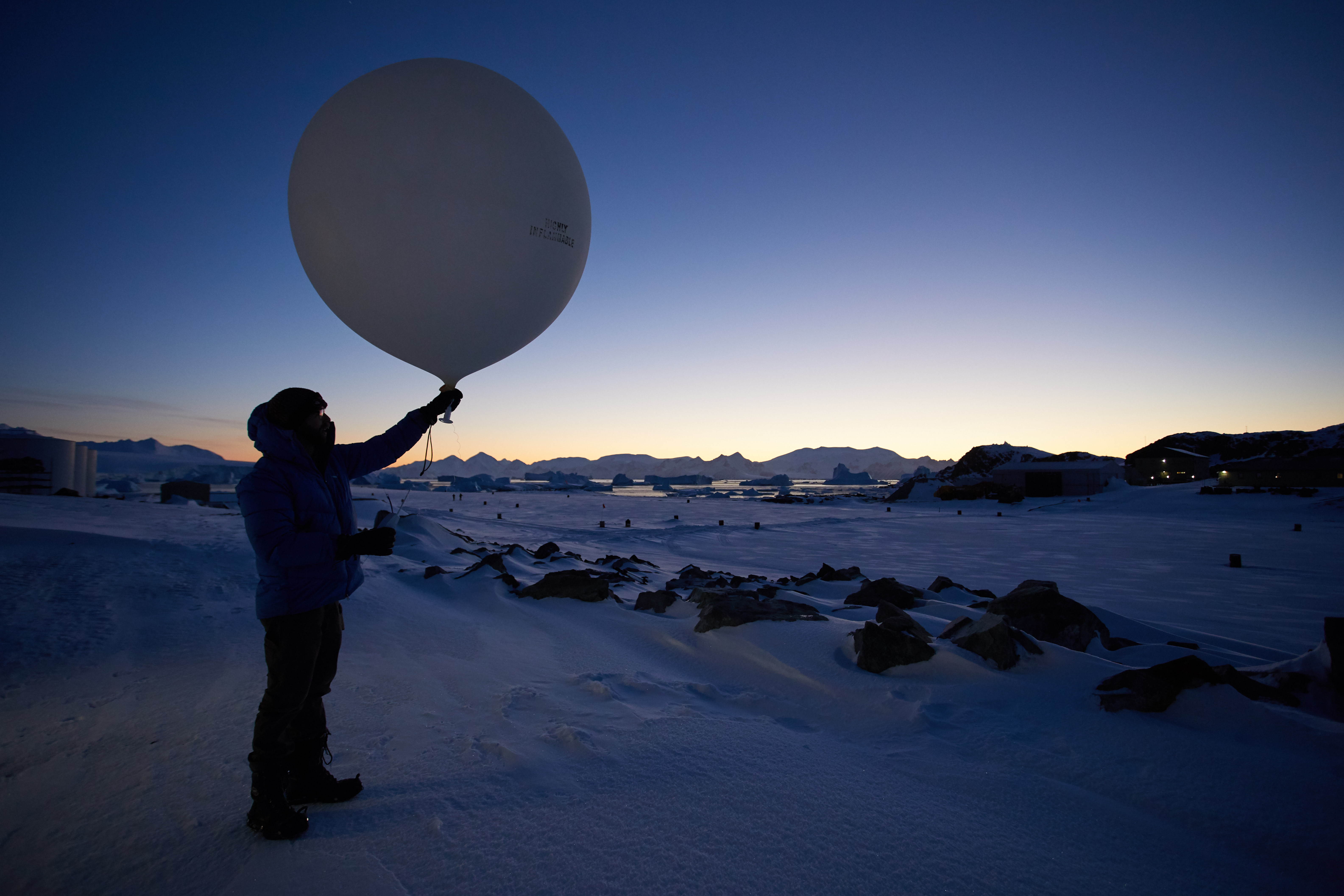
One of the main summer jobs for the met team is to head out into the field to service the network of automatic weather stations. These stations continually monitor and record the weather in remote parts of the continent from the Larsen Ice Shelf to the blue ice runway at Sky Blu.
As winter approaches, the planes and most of the station personnel return north, with the final ship leaving at the end of March. For the next 200 odd days, the remaining team of 23 winterers will keep the station running while maintaining the long-term science data sets through the long Antarctic winter.
Under the cover of darkness
Regular weather observations continue throughout the winter, from human observations of cloud and visibility as well as the station’s weather instruments. Alongside keeping the long-term weather records, much of the time is spent maintaining the weather instruments and preparing for the field season next year.
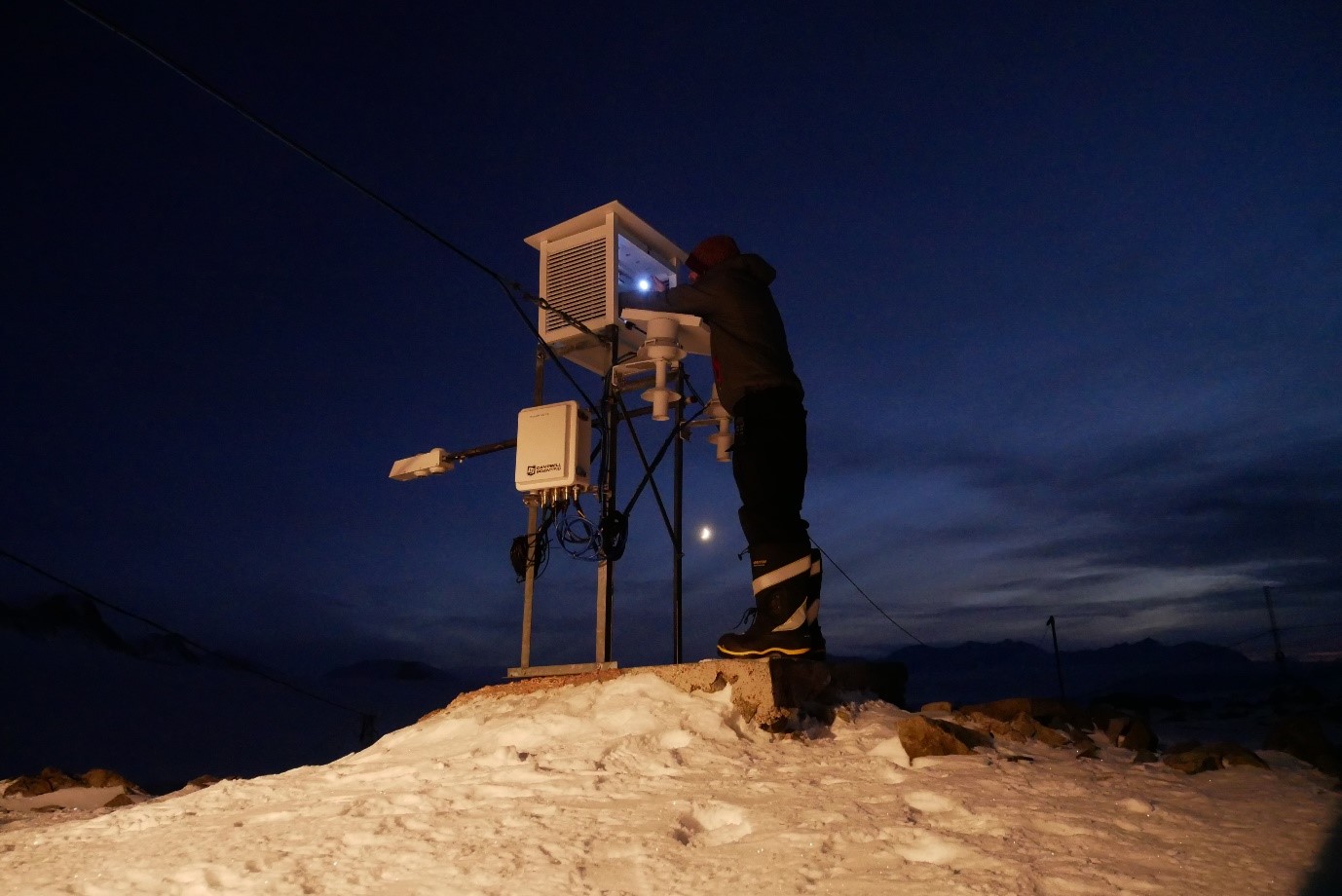
As the days begin to get shorter the sky glows pink and purple, while strong winds over the mountains of the Antarctic Peninsula generate spectacular stacks of lenticular clouds.
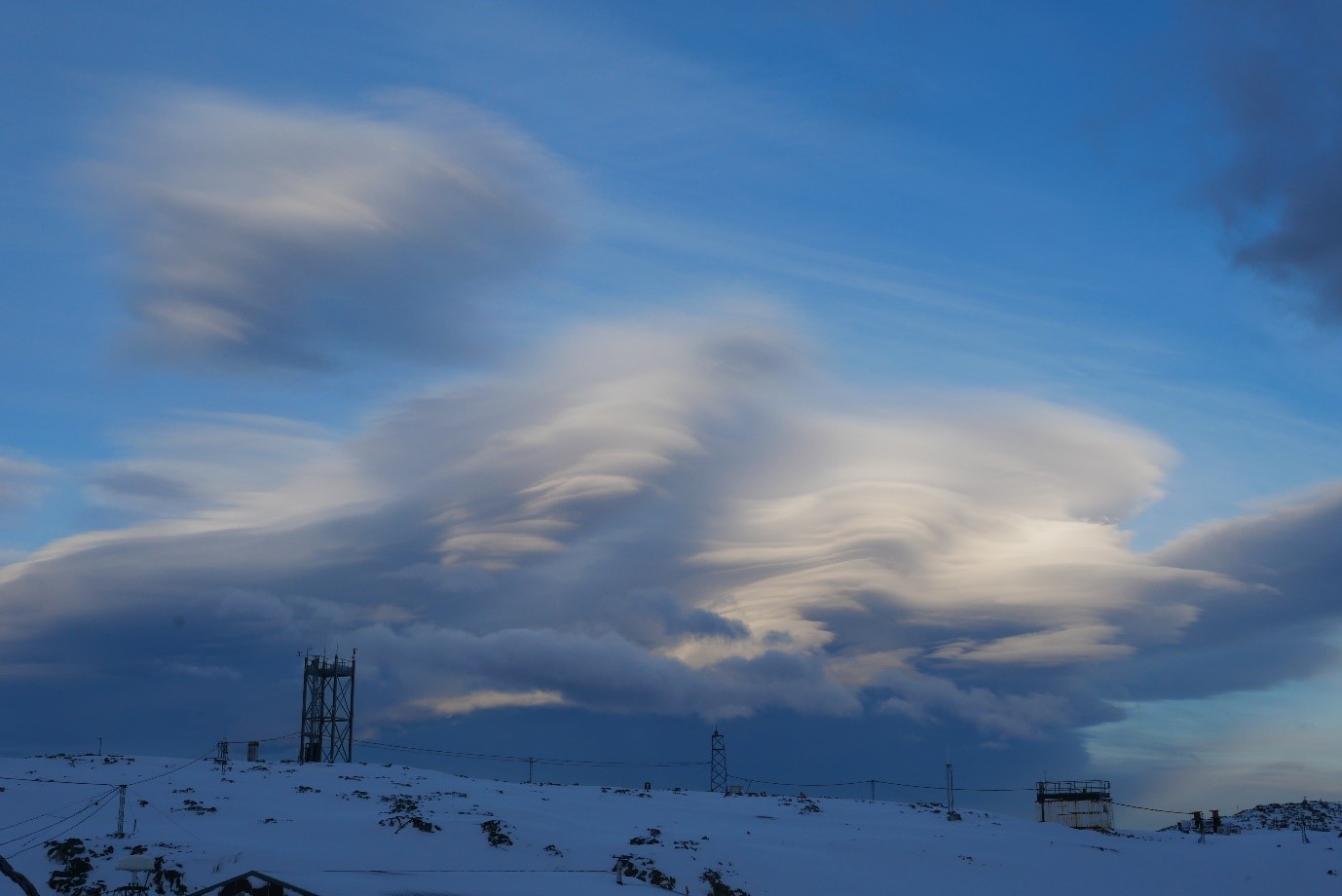
The longest night
In the northern hemisphere the June solstice marks the longest day of the year, but for those south of the equator it marks midwinter and the longest night. Ever since the first expeditions to the Antarctic during the heroic age of Scott and Shackleton, midwinter has been a period of celebration for people spending the winter in the Antarctic.
Rothera sits at 67 degrees south, just south of the Antarctic Circle. From the end of May until the second half of July, the sun stays hidden behind the mountains and below the horizon. In the dark and cold of the Antarctic night, the celebration of the longest night is the perfect time to look back at the first half of winter, and to look forward to the rest of winter and the return of the sun.
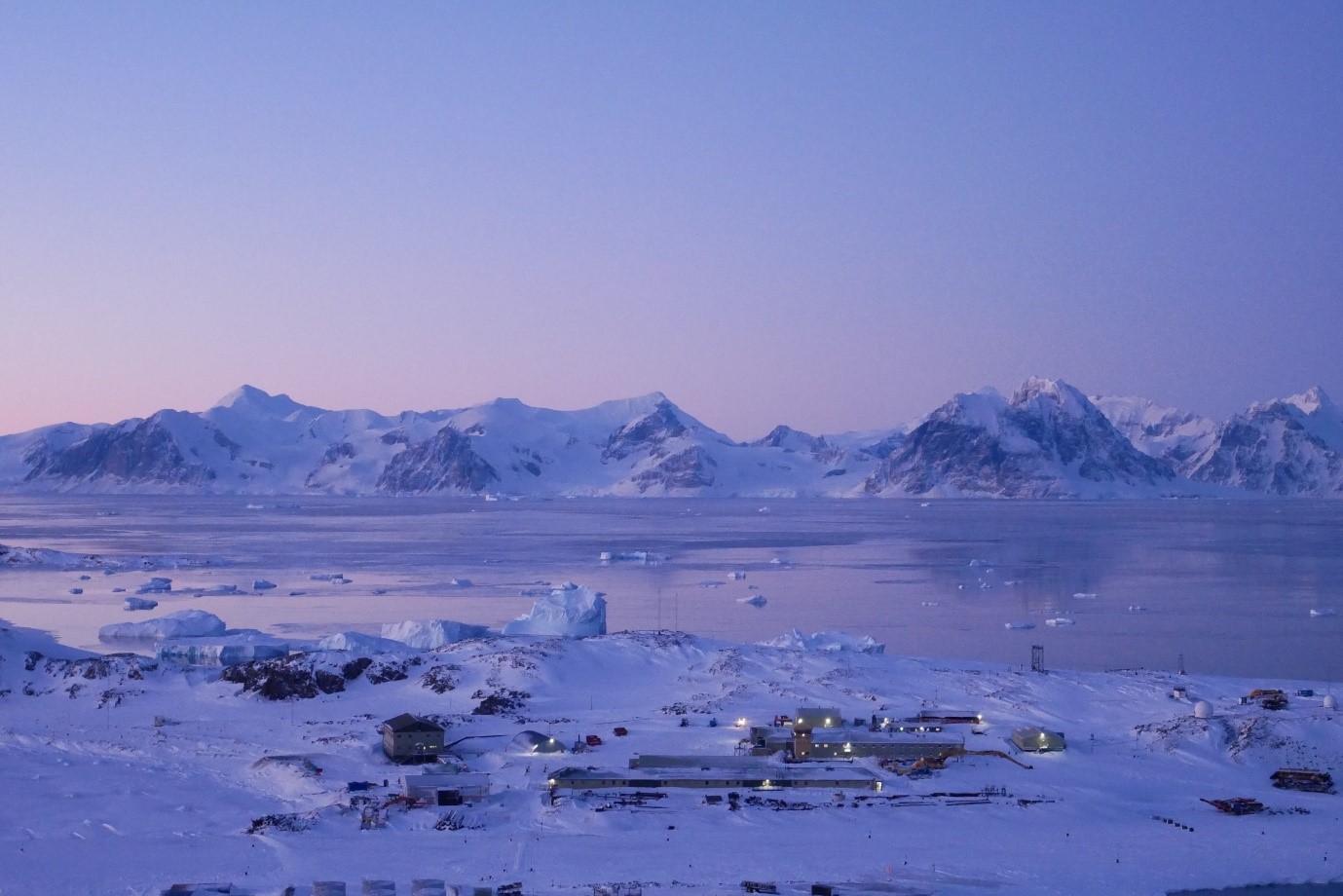
In the weeks leading up to midwinter the station is busy making winter gifts, the sound of saws and the smell of varnish fills the air. The presents will be exchanged before a midwinter feast which the chef has been planning since the last delivery of fresh food some two months ago. After dinner, the wintering team gather around the radio to listen to the BBC World Services special Antarctic broadcast.

Midwinter is a wonderful and unique time to be in Antarctica, to enjoy the natural wonder of the continent and to reflect on the season that has been. There are still months of winter to go, but from here on the days will start to lengthen and the sun will make its welcome return above the horizon.
About the author:

John Law is spending his third winter in the Antarctic as the station meteorologist at the British Antarctic Survey’s Rothera Research Station. John has previously worked as a forecaster and presenter for MetService in New Zealand and Weatherquest based in Norwich, UK. You can find more pictures of the Antarctic (mainly clouds) on his Instagram @johnlawwx

